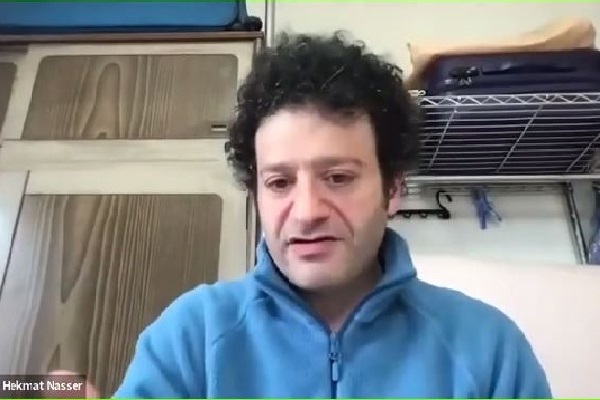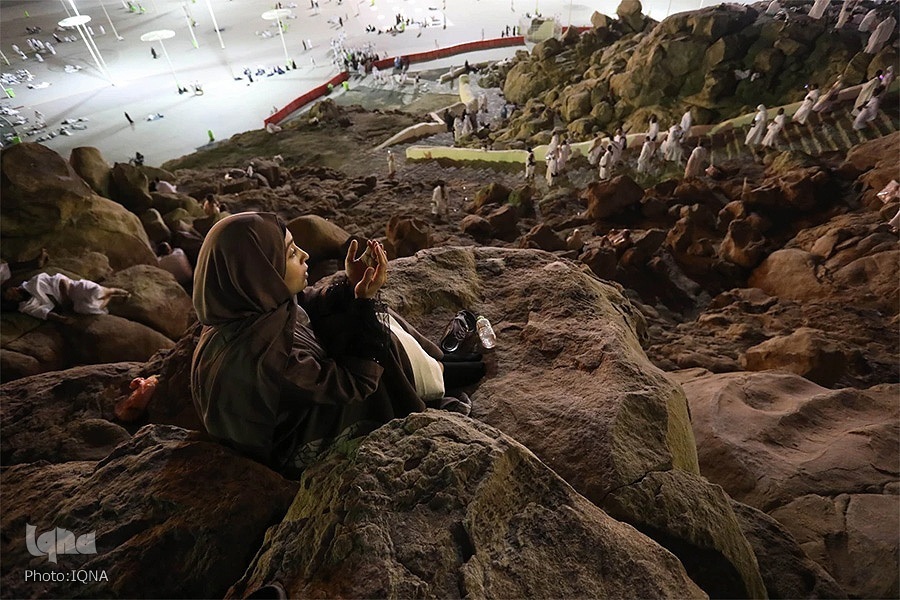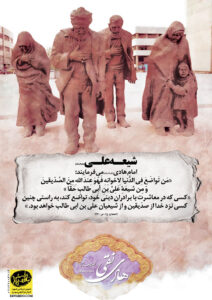According to Rahyafte(the missionaries and converts website):“Most probably, there was a prototype before the Uthman canonization,” Shady Hekmat Nasser, associate professor of Near Eastern Languages and Civilizations at Harvard University, said on April 17 while addressing a webinar titled “Three Ramadan Nights with Harvard Scholars.”
Elaborating on the topic, he noted that even the most deviant readings of the Quran “do not change the syntax that much”, for example, Ibn Masud’s reading changes one word for the other. “This means that there is a model that they are copying from,” he said.
The Quran is not completely oral in the sense that they only memorize it, said the academic, adding, “Sources tell us that there were some forms of writing happening even though it is not a full codex but it is still some kind of fragments and chapters.”
However, he stressed that “we can never know” whether the Quran was collected at the time of Prophet Muhammad (PBUH) or not.
He also pointed to the views of some Shia scholars who believe the narrations regarding the collection of the Quran are somehow “fabricated and aim to give more credit to the first three Caliphs and diminish the role of Prophet,” noting that “we should not dismiss the political aspects of the narrations.”
“If you transmit something orally, it must undergo changes; this is a golden rule,” he stressed, adding, “If you have a text that does not have changes this is where you start raising questions that most probably it wasn’t transmitted orally.”
The webinar was organized by MIT Shia Muslim Association (ZIKR) and the academic introduced the discipline of Qira’at (variant reading of the Quran), its history, and its importance in the Arabic Islamic tradition.
Nasser is the author of two books that discuss the history of the Quran collection and its variant readings; one is The Transmission of the Variant Readings of the Quran; The Problem of Tawātur and the Emergence of Shawādhdh published in 2013 and the other is The Second Canonization of the Quran (324/936): Ibn Mujāhid and the Founding of the Seven Readings published in 2020.
He also runs a website titled “EvQ” which is an encyclopedia of the [variant] readings of the Qur’an. The website describes itself as “an open access platform designed to study the reception and transmission history of the Qurʾān. The platform functions as a critical apparatus of the Qur’an; it provides data on the variant readings recorded in the Arabic sources.” The site has been funded by Harvard University.

Introduction to variant readings of Quran
At the start of the session, the academic provided an introduction to the field.
“Only when you study the Quran in an advanced way and you basically compare the copies you can tell that there are certain slight differences copies,” he said while referring to the reading of the word “malik” in verse 3 of Surah Fatiha as an example of slight differences.
He also provided examples of minor differences in verse numbering, waqf (where to pause), and addition or omission of some prepositions in different readings of the Quran.
According to the scholar, the differences are due to certain historical processes and they don’t affect the meaning.
Every country has its special committee to double-check the Mushaf printed there based on the Qira’at that they follow, he said, noting that this is why “fabrication in Qiraat is very less than the fabrication in hadith.”

Nasser also referred to some historical junctures that he said were “vital in the transmission of the Quran and how it is recited.” After the Prophet died in 632 AD, huge disagreements erupted among Muslims about whether a prototype or a certain collection of the Quran was made during his time or not, he said.
“General consensus of Sunni Muslims, as well as some Shia Muslims, is that there was no real book (codex or mushaf) collected during the Prophet’s time … probably there was a kind of prototype … it is unknown whether the verses were arranged in the war they are today,” he added.
The Quran was memorized by many companions while also being written down on sheets, slabs of stone, and camel shoulders, he said, adding the text collected during the Third Caliph Uthman’s period. This was the first canonization and was based on Abu Bakr’s collection that happened 20 years earlier, he said.
Showing a sample of a Quran copy written in early Islam, the scholar said that people could hardly read the text unless they had already memorized it because of a lack of marks for vowels that were later developed. “This is consonantal Quran also called Rasm.”
Muslim sources mentioned between 50 to 70 different readings during the next 300 years, further explained the academic, hinting that lack of a system to show vowels may have had a role in these variant readings.
Ibn Mujahid and seven readings
Ibn Mujahid wrote a book in 936 AD on seven popular readings that he collected from different systems that Muslims were using back then in five major cities of the Muslim world namely Basra, Kufa, Syria, Mecca, and Medina, he noted.
Ibn Mujahid didn’t directly say that other readings are Shawadh (non-canonical) and some scholars believe he offered a great service to the system as he tried to unify things, Nasser added. Meanwhile, some other scholars lamented the fact that Ibn Mujahid only chose seven readers which led to the creation of doubt about the accuracy of other readings, the academic said.
The three other major canonizations were Al-Dani and Al-Shatibi promotion of the Two-Rawi Canon in 1059 and 1193 respectively, the addition of three readings by Ibn al Jazari in 1429 which led to the introduction of a system of ten, and finally, Al Azhar’s edition of the Quran based on Hafs an Asim reading in 1923, he added.
Popularity of Hafs in modern era
The first printed and mass-distributed copy of the Quran was based on Hafs, Nasser said, adding, “The reason for the popularity of Hafs in the Muslim world is that the system was popularized during the Ottoman period.”
In the past 4 centuries, Hafs has become more popular from Egypt eastward, noted the scholar, adding that the first full audio recording of the Quran was in the 1963 or 1964 by Mahmoud Khalil al-Hussary who recited according to Hafs al Assim.
The Quran that we read today is more or less the same text that the companions of the Prophet or people in the year 800 were reading, he said, stressing, “Differences are minor and subtle but they are sometimes differences in the vowels and pronunciations that make a difference especially when it comes to prayer.”
The aim of scholars was to unify the Muslims with regard to recitations and eliminate as many differences as possible, he said.




















